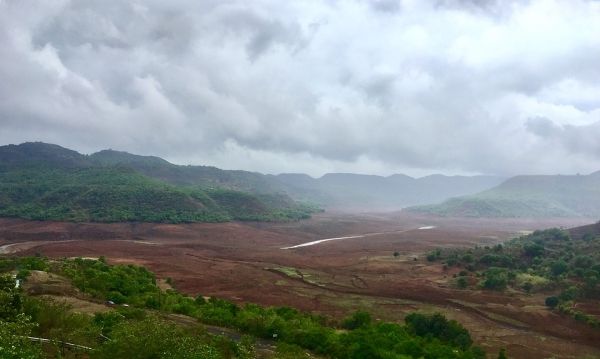Regional air–sea coupling plays a crucial role in modulating the climatology and variability of the Asian summer monsoon. The Weather Research and Forecasting (WRF) model, which is a community regional climate model, has been widely used for regional climate studies over Asia.
“Version 4 of the WRF model, namely WRF4, has just been released, and so a comparison of ocean–atmosphere coupled versus atmosphere-only WRF4 models over the WNP is a necessary but as yet unreported line of investigation,” explains Dr. Liwei Zou from the Institute of Atmospheric Physics, Chinese Academy of Sciences, and author of a paper on this topic recently published in Atmospheric and Oceanic Science Letters.
Zou and his colleagues developed a new regional ocean–atmosphere coupled model based on WRF4 and the high-resolution regional version of LICOM (the LASG/IAP Climate Ocean Model) to investigate the impacts of regional air–sea coupling on the simulation of the western North Pacific summer monsoon. The resolution is set to 15 km (10 km) in the atmospheric (oceanic) model component, which is able to resolve the weather (ocean mesoscale eddies).
Read more at Institute of Atmospheric Physics, Chinese Academy of Sciences
Photo Credit: shailcool via Pixabay


